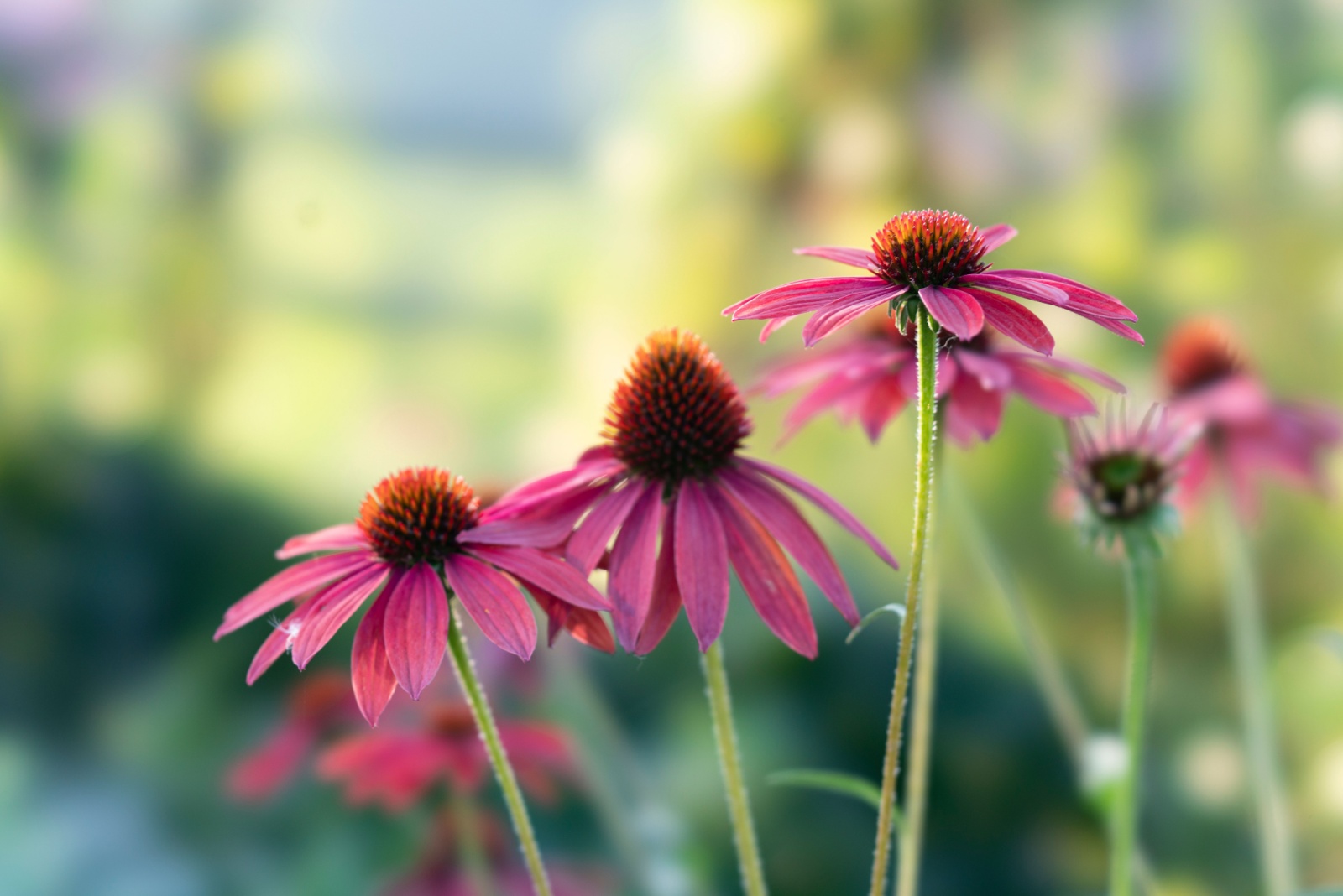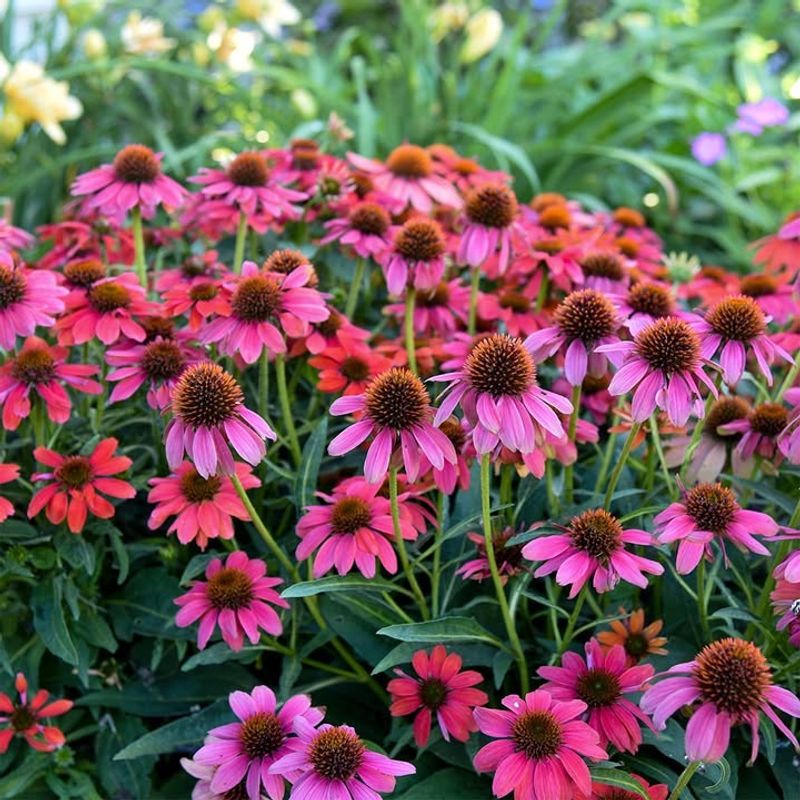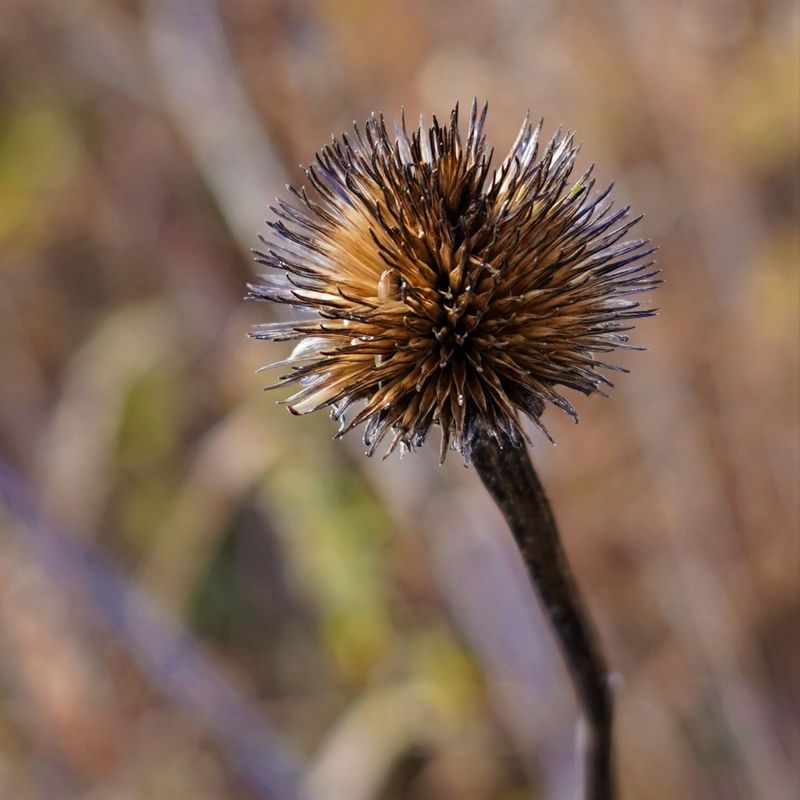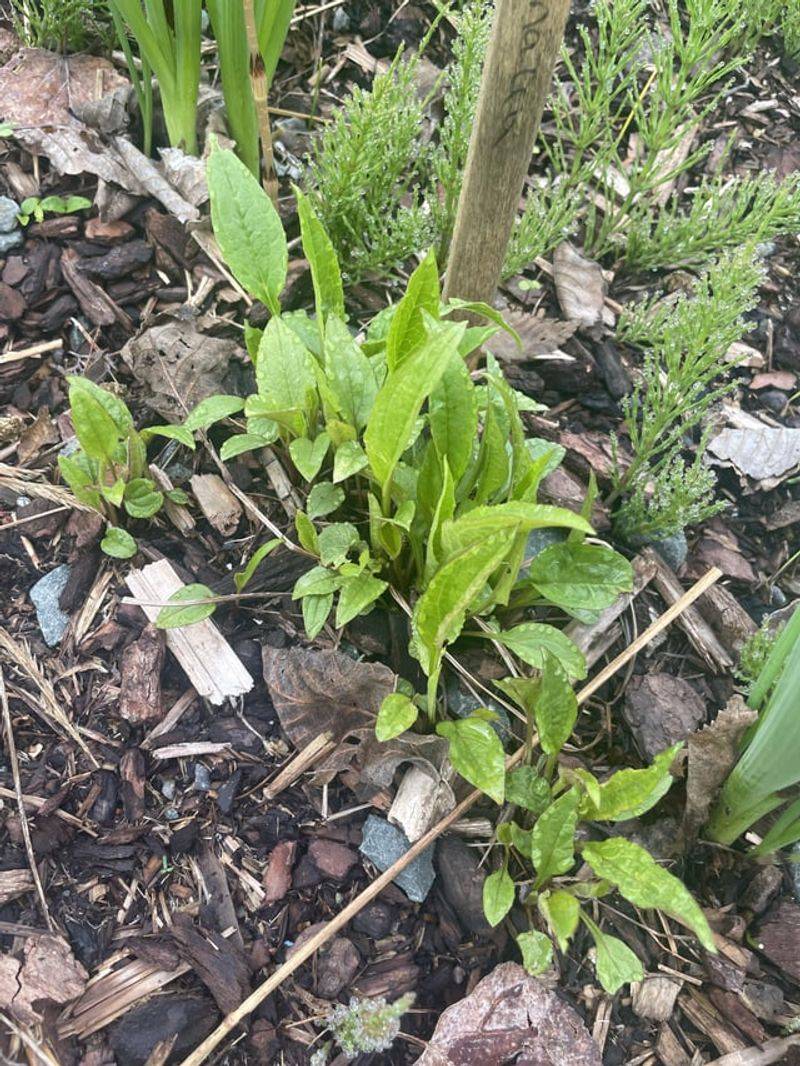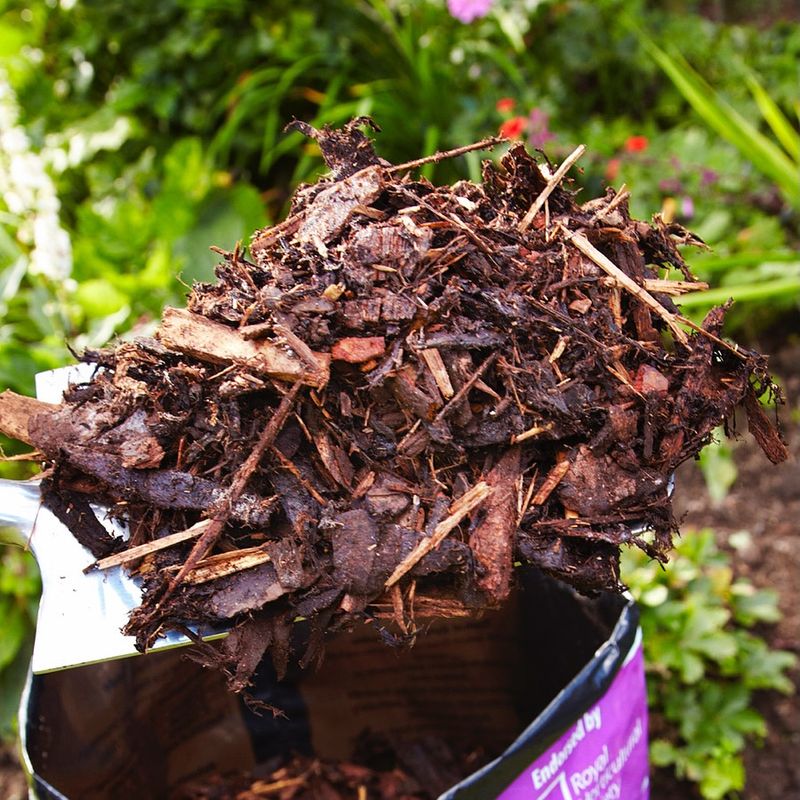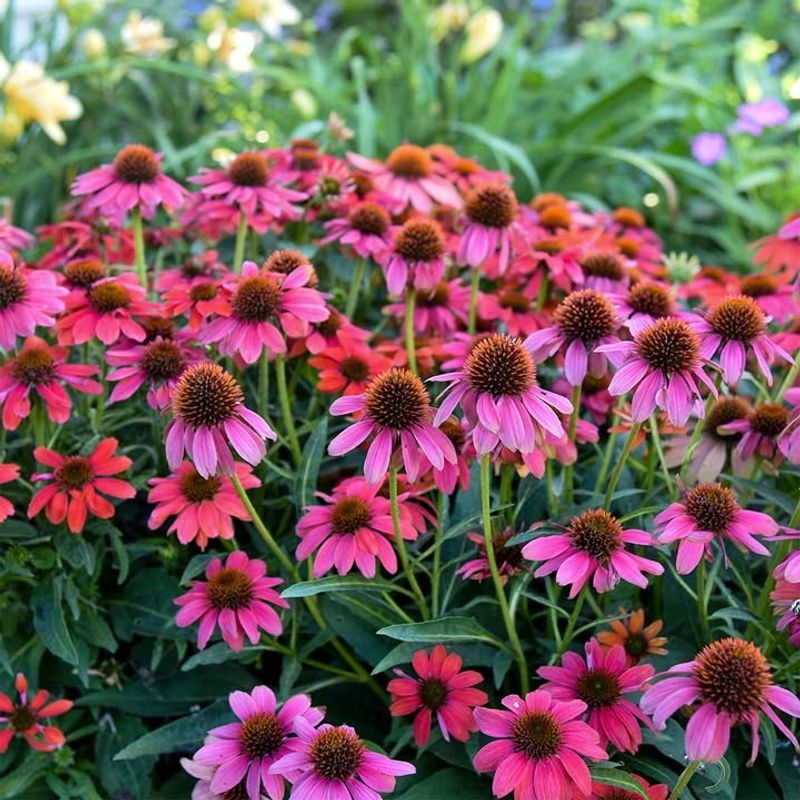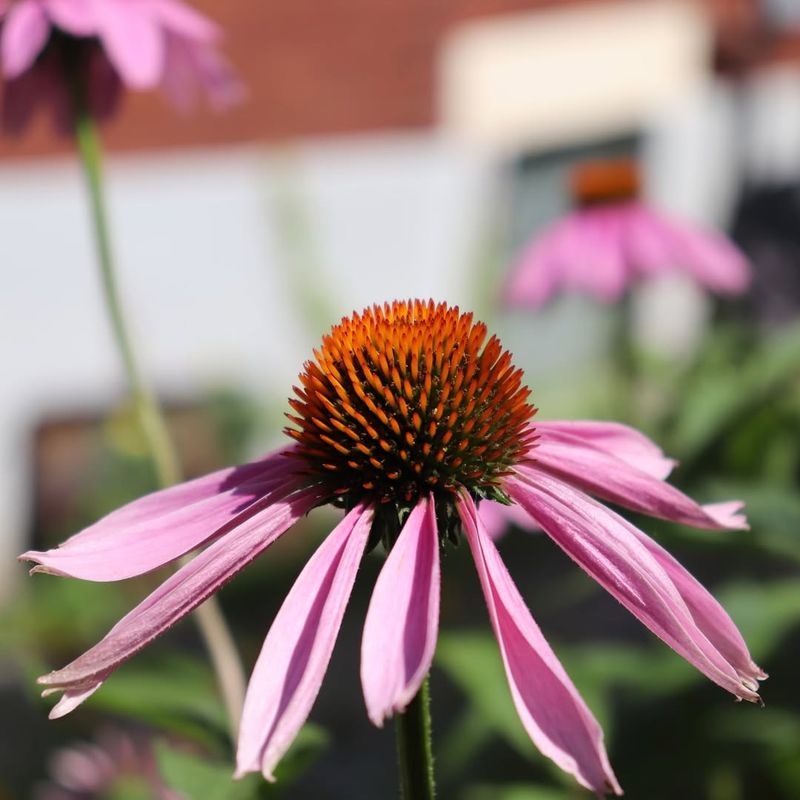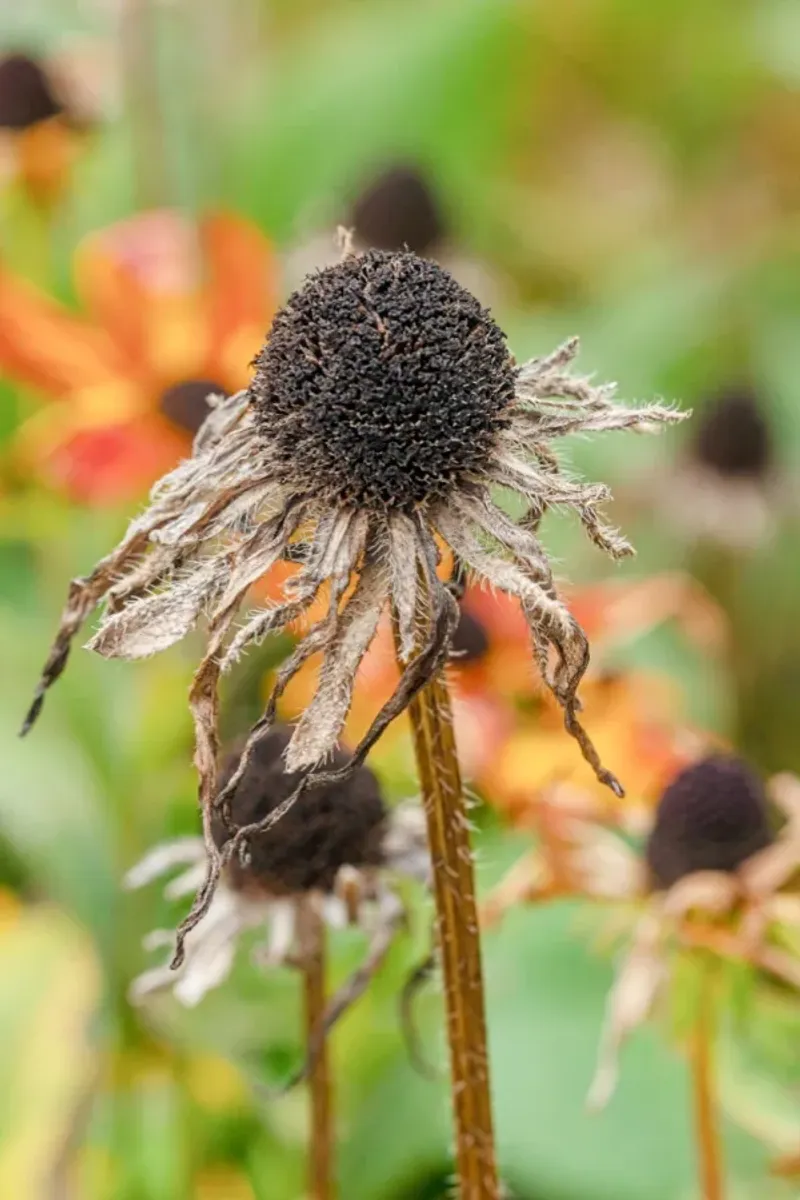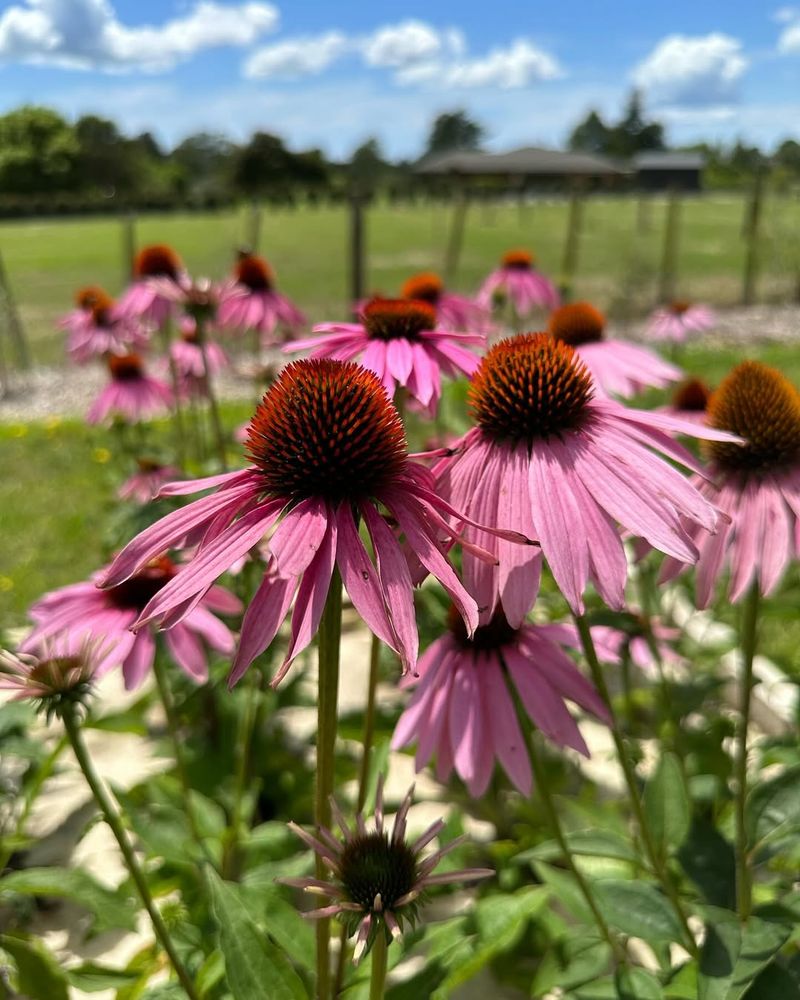Coneflowers are among the most beloved perennials in Illinois gardens, bringing color and pollinators all summer long. But when fall temperatures start dropping and frost warnings appear, many gardeners wonder if their coneflowers will make it through the cold season.
Understanding how these tough prairie natives handle freezing weather can help you protect your plants and ensure they return even stronger next spring.
1. Coneflowers Are Cold-Hardy Prairie Natives
Purple coneflowers originally come from the prairies of the Midwest, which means they’re built to handle Illinois weather extremes.
These plants evolved through centuries of freezing winters and hot summers, developing deep root systems that survive underground when temperatures plummet. Most coneflower varieties are hardy down to USDA zone 3, and since Illinois ranges from zones 5 to 6, your plants should sail through typical winter conditions.
Their natural toughness makes them reliable choices for gardeners who want low-maintenance perennials that return year after year without fuss.
2. First Frost Signals The End Of Blooming Season
When the first frost hits your Illinois garden, usually between late September and mid-October, coneflowers stop producing new flowers and begin preparing for dormancy.
The foliage might look blackened or wilted after a hard freeze, but this doesn’t mean your plant is dying. This natural process redirects energy from leaves and flowers down into the root system, where it’s stored for next spring’s growth.
Many gardeners actually leave the seed heads standing through winter because goldfinches and other birds love snacking on the nutritious seeds throughout the cold months.
3. Root Systems Stay Alive Underground All Winter
Even when everything above ground looks dead, coneflower roots remain very much alive beneath the frozen soil surface. These roots can extend several feet deep, reaching below the frost line where temperatures stay more stable.
Throughout winter in Illinois, the roots enter a dormant state similar to hibernation, slowing their metabolic processes while waiting for spring warmth.
This survival strategy allows coneflowers to conserve energy during harsh conditions and then quickly regenerate new growth when temperatures rise again in March or April, depending on your location.
4. Mulching Provides Extra Winter Protection
Adding a layer of mulch around your coneflowers before winter offers insulation that helps regulate soil temperature fluctuations. A two to three-inch layer of shredded leaves, straw, or wood chips works perfectly for Illinois gardens.
This protective blanket prevents the freeze-thaw cycles that can heave plants out of the ground and damage roots.
Apply mulch after the ground freezes but before the coldest weather arrives, typically in late November. Just remember to pull it back slightly in early spring so new shoots can emerge without obstruction.
5. Leave Stems Standing For Winter Interest And Wildlife
Rather than cutting back your coneflowers in fall, consider leaving the dried stems and seed heads standing through winter. This approach benefits both your garden’s appearance and local wildlife populations throughout Illinois.
The architectural seed heads create visual interest against snow and provide crucial food sources for songbirds during lean winter months. Beneficial insects also use hollow stems as overwintering sites, helping maintain healthy garden ecosystems.
You can cut everything back in early spring before new growth emerges, making cleanup easier and supporting next season’s blooms.
6. Young Plants Need More Attention Their First Winter
Coneflowers planted in spring or summer haven’t developed the extensive root systems that established plants rely on for winter survival. These first-year plants need a bit more care to make it through their inaugural Illinois winter.
Give young coneflowers extra mulch protection and make sure they’re well-watered before the ground freezes, since hydrated plants tolerate cold better than drought-stressed ones.
Avoid fertilizing after mid-summer, as this encourages tender new growth that’s more susceptible to frost damage. Most young plants will establish successfully and become much tougher by their second year.
7. Spring Frost Can Damage New Growth
While established coneflowers handle fall and winter frost easily, late spring freezes can damage tender new shoots emerging in March or April. Illinois weather is notoriously unpredictable during this transition period, with sudden temperature drops catching plants off guard.
If frost threatens after your coneflowers have started growing, cover them overnight with buckets, blankets, or frost cloth. Don’t panic if some foliage gets nipped—healthy plants usually produce replacement growth from the crown.
The root system remains unharmed, so your coneflowers will recover and bloom normally once consistent warm weather arrives.
8. Different Varieties Have Slightly Different Cold Tolerance
While native purple coneflowers are incredibly frost-hardy, some newer hybrid varieties bred for unique colors might be slightly less tolerant of extreme cold. Most cultivars still perform excellently in Illinois, but it’s worth checking specific variety ratings.
Hybrids with orange, yellow, or red flowers sometimes have zone 4 or 5 ratings rather than zone 3, meaning they handle typical Illinois winters fine but might struggle during exceptionally harsh years.
Stick with purple, white, or pink varieties if you want absolute reliability, or provide extra mulch for fancier cultivars to ensure they return beautifully each spring.

